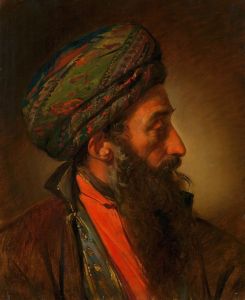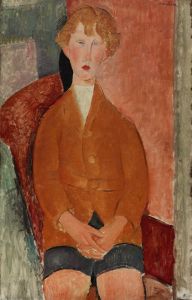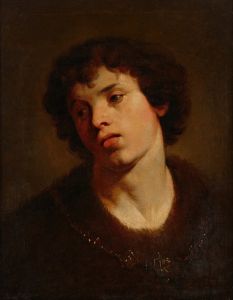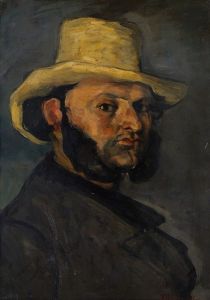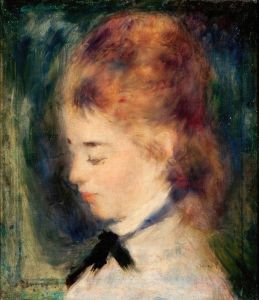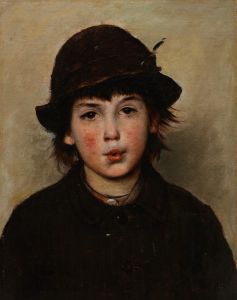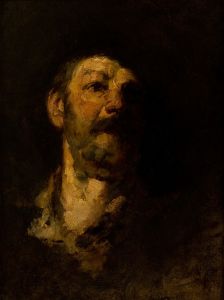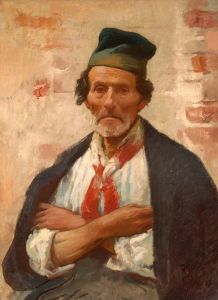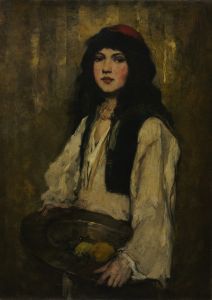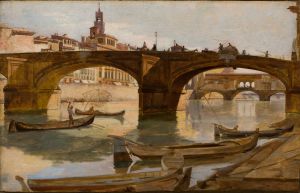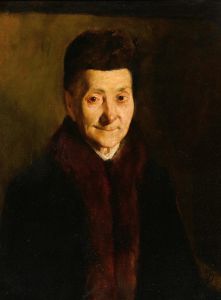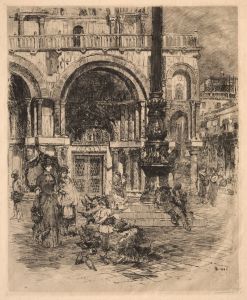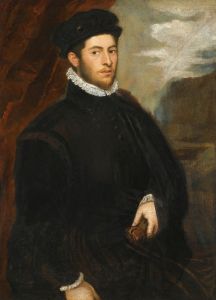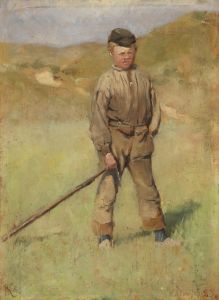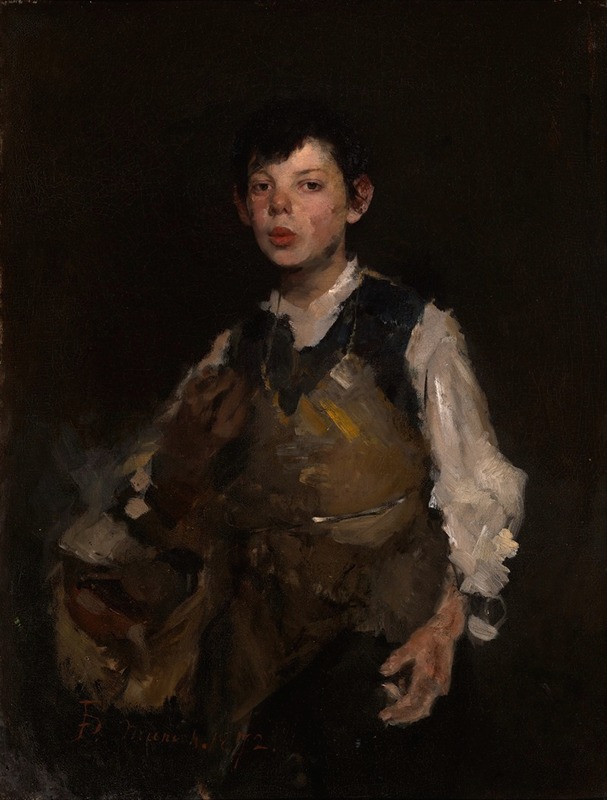
The Whistling Boy
A hand-painted replica of Frank Duveneck’s masterpiece The Whistling Boy, meticulously crafted by professional artists to capture the true essence of the original. Each piece is created with museum-quality canvas and rare mineral pigments, carefully painted by experienced artists with delicate brushstrokes and rich, layered colors to perfectly recreate the texture of the original artwork. Unlike machine-printed reproductions, this hand-painted version brings the painting to life, infused with the artist’s emotions and skill in every stroke. Whether for personal collection or home decoration, it instantly elevates the artistic atmosphere of any space.
"The Whistling Boy" is a notable painting by the American artist Frank Duveneck, created in 1872. Duveneck, born in 1848 in Covington, Kentucky, was a prominent figure in American art during the late 19th century. He was known for his realistic and expressive style, which was influenced by his studies in Europe, particularly in Munich, Germany.
"The Whistling Boy" is an oil on canvas painting that exemplifies Duveneck's skill in capturing the essence of his subjects with a sense of immediacy and vitality. The painting depicts a young boy, casually dressed, with his lips pursed as if whistling. The boy's expression is lively and engaging, capturing a moment of youthful spontaneity. Duveneck's use of light and shadow, along with his bold brushwork, adds depth and dimension to the portrait, making it one of his most celebrated works.
The painting reflects Duveneck's ability to blend realism with a certain degree of impressionistic flair, a style he developed during his time in Europe. His education at the Royal Academy of Fine Arts in Munich under the tutelage of Wilhelm von Diez and Wilhelm Leibl greatly influenced his approach to painting. Duveneck was part of the Munich School, which emphasized a dark palette and a focus on the human figure, often portrayed in a candid and unidealized manner.
"The Whistling Boy" was well-received and contributed to Duveneck's reputation as a leading artist of his time. It is often praised for its dynamic composition and the way it captures the character and mood of the subject. The painting is part of the collection at the Cincinnati Art Museum, which holds a significant number of Duveneck's works, reflecting his connection to the region and his influence on American art.
Duveneck's impact on the art world extended beyond his paintings. He was also a respected teacher, and his influence can be seen in the works of his students, who included notable artists such as John Henry Twachtman and Joseph DeCamp. His teaching career began in Cincinnati, where he established the Duveneck School of Art, and later continued in Boston.
Throughout his career, Duveneck received numerous accolades and his works were exhibited widely, both in the United States and abroad. "The Whistling Boy" remains a testament to his artistic talent and his ability to capture the vibrancy of everyday life. The painting continues to be studied and admired for its technical proficiency and its evocative portrayal of youth.
In summary, "The Whistling Boy" is a significant work by Frank Duveneck that showcases his mastery of portraiture and his contribution to American art. The painting's enduring appeal lies in its lively depiction of a young boy, rendered with a combination of realism and expressive brushwork that was characteristic of Duveneck's style.





